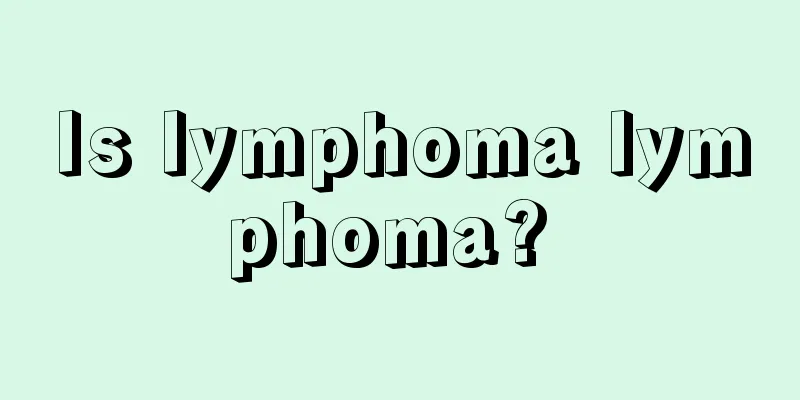Physiological functions of the small intestine

|
The physiological structure of the small intestine is also relatively complex. It mainly belongs to a digestive system and will secrete some substances ingested by people. If you don’t pay attention to your eating habits, it will cause some problems in the small intestine, which will have a significant impact on your secretion and the normal digestive function of the gastrointestinal tract. Therefore, try to consume a reasonable diet and have healthy eating habits. What is the physiological function of the small intestine? The histological and structural characteristics of the small intestine create good conditions for its absorption. The physiological functions of the small intestine include the movement, secretion, digestion and absorption of the capillary enteroids, and are closely related to drug metabolism. For example, various forms of movement of the small intestinal smooth muscle can complete the mechanical digestion of chyme, such as grinding, mixing, and stirring. The small intestinal fluid secreted by the small intestinal glands, together with the bile and pancreatic juice in the small intestine, completes the chemical digestion of chyme. There are many endocrine cells scattered in the small intestinal mucosal secretion, which can secrete a variety of digestive tract hormones, such as secretin, cholecystokinin, gastric inhibitory peptide and motilin, which play an important regulatory role in gastrointestinal motility and secretion. Goblet cells: Scattered among the absorptive cells, they secrete mucus, which has a lubricating and protective effect. The number of goblet cells gradually increases from the duodenum to the terminal ileum. Paneth cells: They are characteristic cells of the small intestinal glands, located at the bottom of the glands, often in groups of three or five. The cells are pyramidal in shape, with the top of the cytoplasm filled with coarse eosinophilic granules, containing lysozyme and other substances, which have a certain bactericidal effect. Undifferentiated cells: located in the lower half of the small intestinal glands, scattered among other cells. The cell body is small and columnar, and the cytoplasm is alkaline. The cells continue to proliferate, differentiate, and migrate upward to replenish the absorptive cells and goblet cells that fall off at the top of the villi. The renewal cycle of villous epithelial cells is 2 to 4 days. It is generally believed that endocrine cells and Paneth cells also originate from undifferentiated cells. In addition to a large number of small intestinal glands, the dense connective tissue in the lamina propria also contains abundant migratory cells, such as lymphocytes, plasma cells, macrophages, eosinophils, etc. There are 1 to 2 longitudinal lymphatic capillaries in the connective tissue of the lamina propria in the central axis of the villus, called central lacteals. They start with a blind end and pass downward through the muscularis mucosa into the submucosa to form a lymphatic plexus. The central lacteal lumen is relatively large, the interendothelial cell gaps are wide, and there is no basement membrane, so the permeability is high. Chylomicrons released by absorbing cells are exported into the central lacteals. This tube is surrounded by a rich network of porous capillaries, through which water-soluble substances such as amino acids and monosaccharides absorbed by the intestinal epithelium mainly enter the blood. There are also a small amount of smooth muscle fibers from the mucosal muscles in the villi, which can cause the villi to contract, facilitating the absorption of substances and the circulation of lymph and blood. In addition to a large number of scattered lymphocytes, there are also lymph nodules in the lamina propria. In the duodenum and jejunum, there are mostly isolated lymph nodules, while in the ileum, there are mostly aggregated lymph nodes formed by the aggregation of several lymph nodules, which can pass through the mucosal muscle to reach the submucosa. |
<<: Physiological functions of carbohydrates
>>: What diseases are chronic diseases
Recommend
Can a six-month-old baby live in the new house?
The newly renovated rooms in the house look very ...
Which place is the dish of tofu box
Many people don't know what "tofu box&qu...
How to treat cervical cancer
Treatments for cervical cancer include surgery, r...
What does a tub bath mean?
Bathing is a method of self-cleaning. It has many ...
What is the cause of multiple lung nodules after breast cancer surgery? What should I do?
Multiple lung nodules are usually found when pati...
What is the mortality rate of cervical cancer
What is the mortality rate of cervical cancer? Th...
Will uterine cancer cause chills and fever?
In life, many patients with uterine cancer will f...
What causes lymphoma and how is it checked?
For many people today, lymphoma requires a lot of...
What should I do if I can’t sleep because I am sensitive to sound?
Insomnia is a very common disease in daily life, ...
The latest care methods for teratoma
There are many nursing methods for ovarian terato...
Things to pay attention to when caring for bronchial asthma
Bronchial asthma is a chronic respiratory disease...
Things to note about transient ischemic attack
There are many aspects of transient cerebral isch...
10 emotions that change your life
1. Thanks This is probably the most studied posit...
What are the best ways to prevent and treat liver cancer? To prevent and treat liver cancer, two things need to be done early, three things need to be checked, and four things need to be treated.
Clinical practice has shown that the treatment ef...
What can I eat to relieve motion sickness and nausea?
The trouble of motion sickness, only those who ha...









